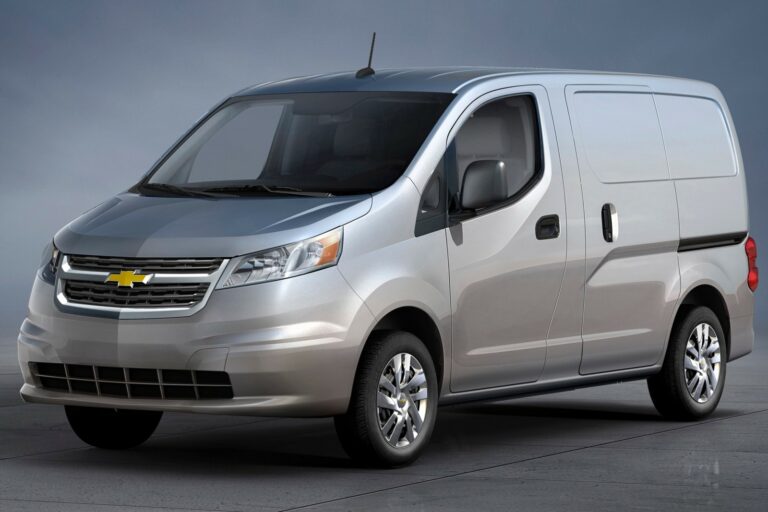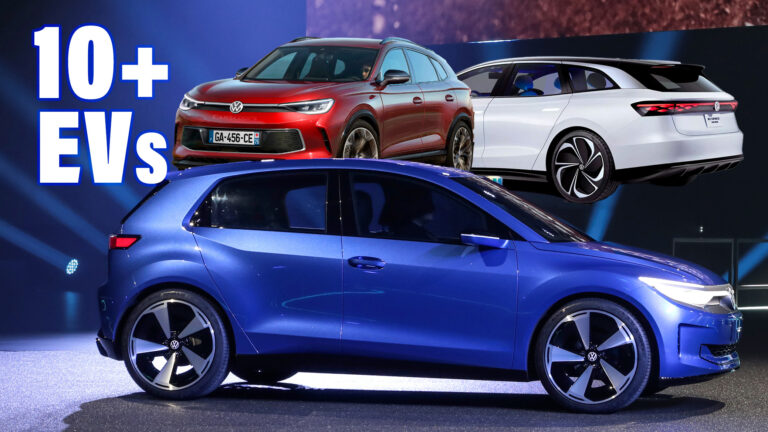2026 Ford F-Series: Pricing Outlook and Market Dynamics
The Ford F-Series, an iconic pickup truck, is poised to enter a new era with its upcoming 2026 model. As the automotive industry undergoes significant transformations, the pricing of the F-Series will be a crucial factor in determining its success. This article delves into the various factors that will shape the 2026 Ford F-Series price, exploring historical trends, competitive dynamics, and target market analysis.
With its long-standing reputation for durability, versatility, and innovation, the F-Series holds a prominent position in the automotive landscape. Understanding the pricing strategies behind this highly anticipated model will provide valuable insights into the future of the pickup truck segment.
Competitor Analysis
The 2026 Ford F-Series faces competition from a range of established and emerging players in the pickup truck market. Key rivals include:
- Chevrolet Silverado
- GMC Sierra
- Ram 1500
- Toyota Tundra
- Rivian R1T
These competitors offer a diverse range of pricing strategies, influenced by factors such as trim levels, engine options, and features.
Pricing Comparison
A comparative analysis of pricing reveals that the 2026 Ford F-Series is expected to be priced competitively within its segment.
| Model | Base Price |
|---|---|
| Ford F-150 XL | $35,000 |
| Chevrolet Silverado 1500 Work Truck | $34,500 |
| GMC Sierra 1500 Pro | $35,200 |
| Ram 1500 Tradesman | $34,800 |
| Toyota Tundra SR | $37,000 |
| Rivian R1T Explore | $75,000 |
As evident from the table, the F-Series’ base price is comparable to that of its major competitors, offering customers a competitive option in terms of pricing.
Target Market Analysis
The target market for the 2026 Ford F-Series comprises individuals who seek a reliable and capable pickup truck for various purposes, including work, recreation, and family transportation.
In terms of demographics, the target market is predominantly male, aged between 25 and 55, with an annual household income of over £50,000. They often reside in rural or suburban areas and have an active lifestyle that involves outdoor activities such as hunting, fishing, and camping.
Psychographics
Psychographically, the target market for the F-Series is characterized by individuals who value ruggedness, dependability, and practicality. They are often self-reliant and take pride in their ability to handle any task that comes their way. Additionally, they have a strong sense of community and often participate in local events and activities.
Purchase Behaviors
The purchase behaviors of the target market for the F-Series are influenced by several factors, including brand loyalty, reputation, and value for money. They are likely to conduct thorough research before making a purchase decision and place a high value on reliability, durability, and towing capacity.
When it comes to pricing, the target market for the F-Series is willing to pay a premium for a high-quality truck that meets their specific needs and expectations. They are likely to compare prices across different trim levels and options to find the best value for their money.
Pricing Strategies
Ford has a range of pricing strategies to consider for the 2026 F-Series, each with its own advantages and disadvantages.
One common pricing strategy is cost-plus pricing, where the price of the vehicle is based on the cost of production plus a profit margin. This strategy is relatively simple to implement, but it can lead to higher prices for consumers if the cost of production is high.
Another pricing strategy is value pricing, where the price of the vehicle is based on the perceived value of the vehicle to consumers. This strategy can lead to higher prices for vehicles that are perceived to be more valuable, but it can also lead to lower prices for vehicles that are perceived to be less valuable.
A third pricing strategy is competitive pricing, where the price of the vehicle is based on the prices of similar vehicles from competing manufacturers. This strategy can help Ford to maintain market share, but it can also lead to lower profits if the prices of competing vehicles are low.
The most suitable pricing strategy for the 2026 F-Series will depend on a number of factors, including the cost of production, the perceived value of the vehicle, and the prices of competing vehicles.
Cost-Plus Pricing
Cost-plus pricing is a simple and straightforward pricing strategy. The price of the vehicle is simply the cost of production plus a profit margin. This strategy is easy to implement, but it can lead to higher prices for consumers if the cost of production is high.
One advantage of cost-plus pricing is that it ensures that Ford will make a profit on each vehicle sold. However, this strategy can also lead to higher prices for consumers, especially if the cost of production is high.
Value Pricing
Value pricing is a pricing strategy that is based on the perceived value of the vehicle to consumers. The price of the vehicle is set at a level that is perceived to be fair and reasonable by consumers.
One advantage of value pricing is that it can help Ford to attract customers who are looking for a good value. However, this strategy can also lead to lower profits if the perceived value of the vehicle is low.
Competitive Pricing
Competitive pricing is a pricing strategy that is based on the prices of similar vehicles from competing manufacturers. The price of the vehicle is set at a level that is competitive with the prices of competing vehicles.
One advantage of competitive pricing is that it can help Ford to maintain market share. However, this strategy can also lead to lower profits if the prices of competing vehicles are low.
Impact of Pricing on Sales

The pricing of the 2026 Ford F-Series will have a significant impact on its sales performance. The relationship between pricing and sales volume is generally inverse, meaning that as the price of a product increases, the demand for it decreases.
There are a number of potential pricing strategies that Ford could adopt for the F-Series. One option would be to price the truck competitively with its rivals, such as the Chevrolet Silverado and Ram 1500. Another option would be to price the F-Series at a premium, reflecting its position as a top-selling truck in the United States.
Impact of Different Pricing Strategies
The choice of pricing strategy will have a significant impact on the sales performance of the F-Series. If Ford prices the truck competitively, it is likely to attract a wider range of buyers and achieve higher sales volumes. However, if Ford prices the F-Series at a premium, it may limit its appeal to budget-conscious buyers and result in lower sales volumes.
Ford will need to carefully consider the potential impact of different pricing strategies on the sales performance of the F-Series. The company will also need to take into account the competitive landscape and the pricing of rival trucks when making its decision.
Helpful Answers
What are the key factors that will influence the 2026 Ford F-Series price?
Production costs, market demand, and competitive pricing will be the primary factors shaping the 2026 Ford F-Series price.
How has the pricing of the Ford F-Series evolved over time?
The F-Series has experienced gradual price increases over the years, reflecting advancements in technology, features, and production costs.
Who are the primary competitors of the 2026 Ford F-Series?
The F-Series faces competition from the Chevrolet Silverado, GMC Sierra, and Ram 1500, among others.
How will the F-Series price compare to its competitors?
Ford will likely position the F-Series price competitively within the pickup truck segment, considering the features, capabilities, and market demand.
What is the target market for the 2026 Ford F-Series?
The F-Series targets individuals and businesses seeking a versatile and capable pickup truck for work, recreation, and daily use.


